“I’m trying to avoid going to the supermarket because of the COVID situation. However, I am used to eating a healthy diet containing lots of fresh fruits, vegetables and other produce which I may have to substitute with more tinned and frozen foods. I am worried this might mean missing out on some important nutrients. Can you advise?”
Clinical nutritionist Suzie Sawyer answers:
This is a really good question and one I’m frequently asked at the moment. The main ‘rule’ is to stick to frozen fruits and vegetables and use tinned foods, such as beans and fish, as needed. The reason? Fruits and vegetables are usually harvested and frozen quickly which locks in their nutritional value.
Frozen peas
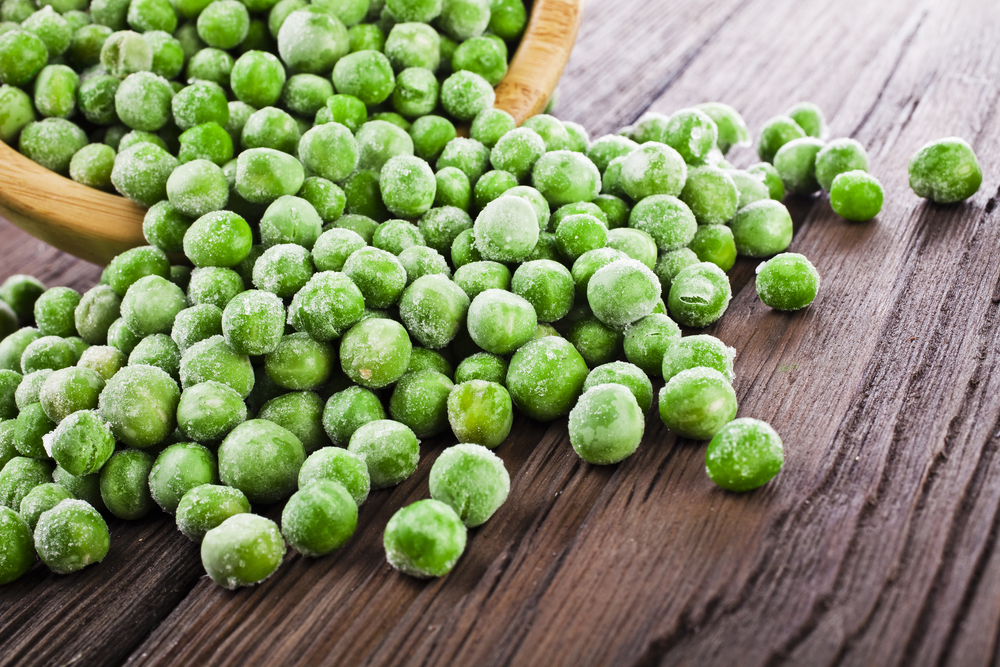
Take frozen peas, for example. There are no less nutrients in the frozen variety than fresh. However, food preparation, chopping, light and cooking is where most of the immune-boosting vitamin C gets lost and other water-soluble nutrients are reduced. Therefore, make sure when cooking them that you boil or sauté them as quickly as possible to retain as many nutrients as possible. The taste profile of frozen peas is often much better than fresh because they can become too starchy if not picked at just the right time. This applies to many other fruits and vegetables too.
Frozen fruit
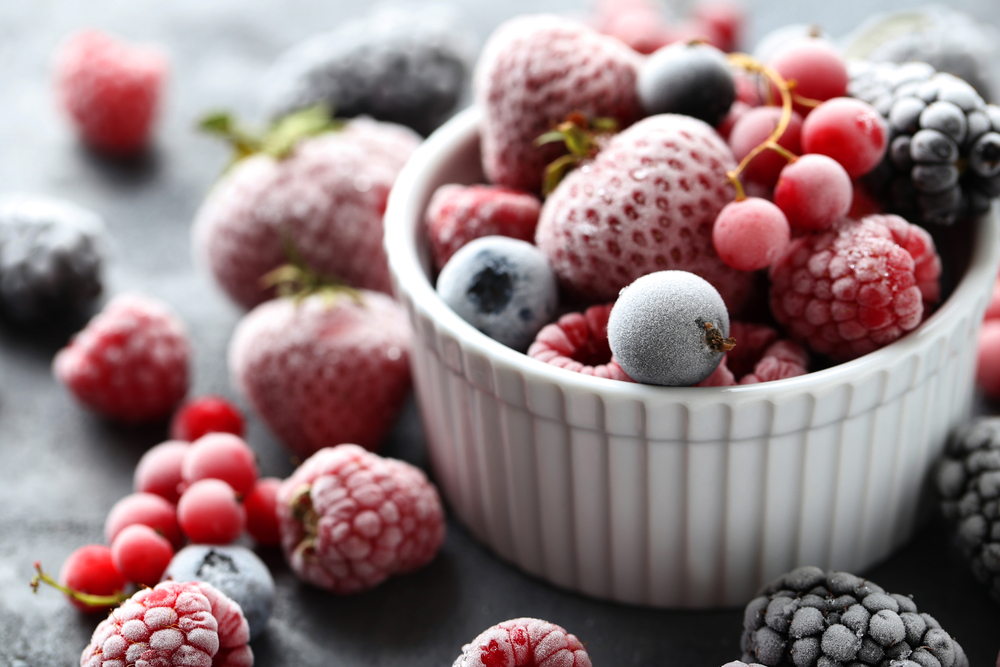
There has also been research to suggest that frozen fruits, especially blueberries, may even have the edge over their fresh counterparts on account of the powerful antioxidants becoming more available to the body when frozen. Again, the nutrients are locked in soon after harvest. However, it is important to eat the produce within date otherwise the quality and nutrient profile may deteriorate.
Tinned foods
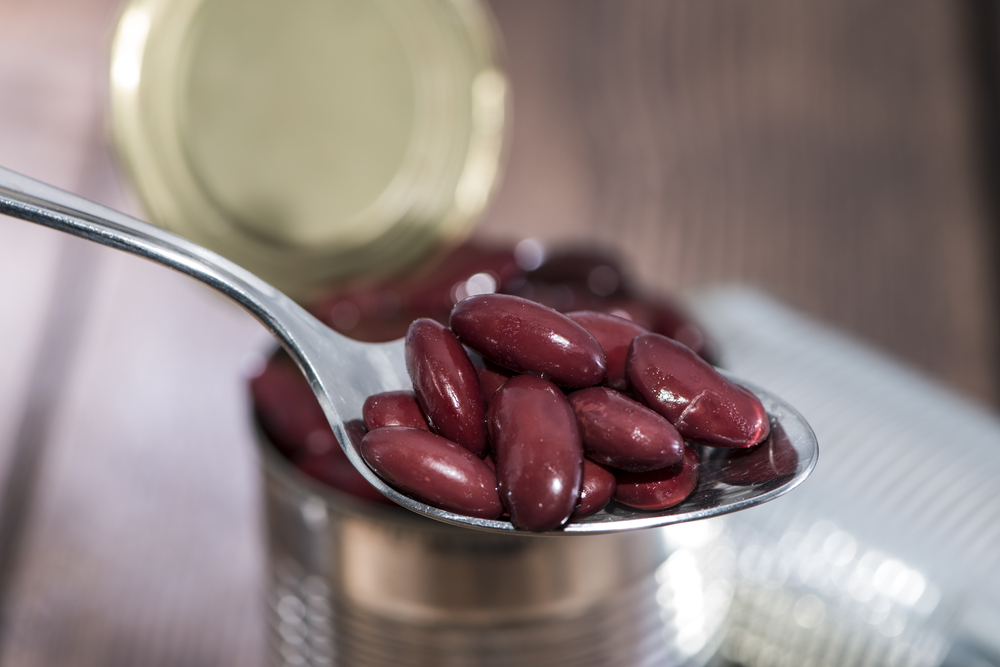
With regards to tinned foods, try to avoid tinned fruits and vegetables as they have generally been prepared and processed (think sliced peaches) and contain syrups, sodium and preservatives. However, tinned beans are often easier to digest than dried. All dried legumes (including beans and lentils) need to be soaked before cooking, sometimes overnight, to reduce their starch content and make the enzymes more digestible.
Legumes can cause digestive upsets if they’re not pre-soaked. However, all legumes are rich in nutrients, especially energising B-vitamins as well as being great sources of protein. Importantly, there is very little difference in the nutritional profile of dried and canned, just be aware of the salt content of the canned varieties and choose no or low-salt products.
Stocking up on protein
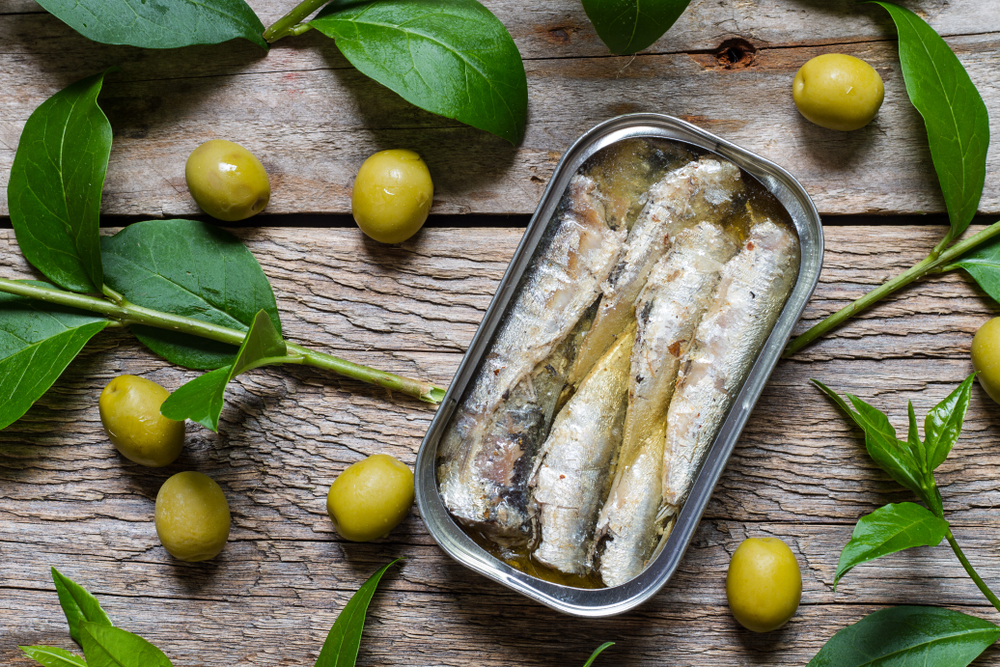
Lastly, I would stock up on staples such as chicken or turkey breasts, venison, and various meats which can all be frozen from fresh. They all make great sources of protein, rather than buying processed meals containing these foods. Tinned oily fish such as salmon, pilchards or sardines, provide plenty of their natural super-healthy omega-3 fats. These tinned fish varieties will also help to fill the gap of freshly bought protein.

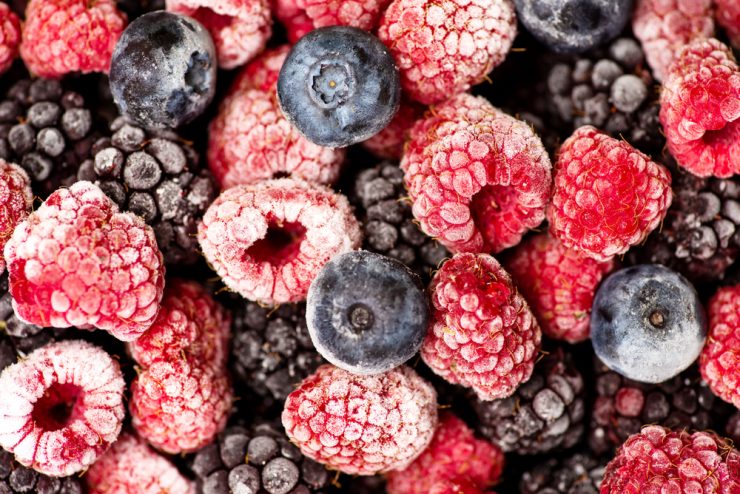


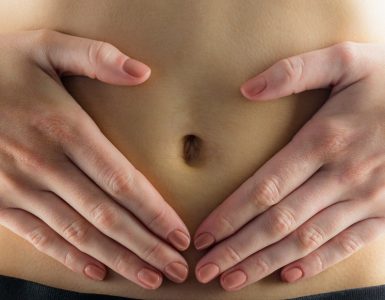
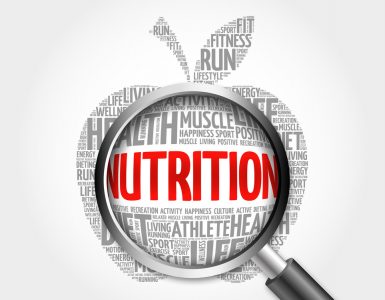

















Add comment